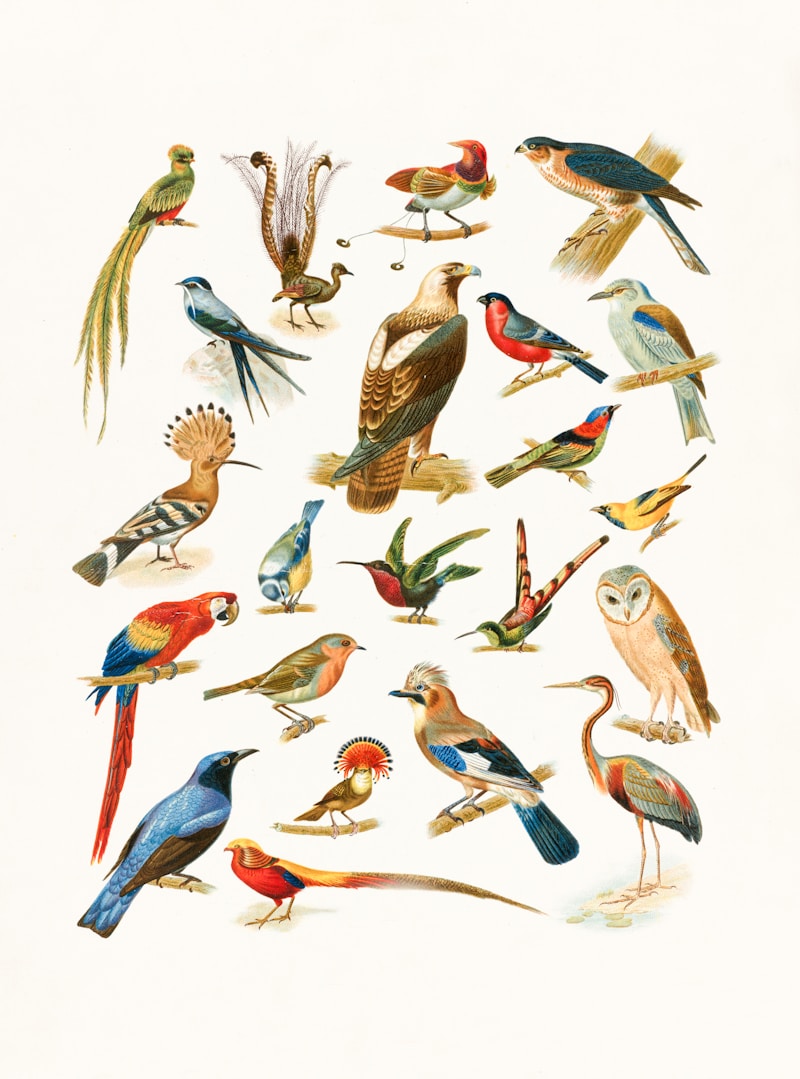Exploring the Timeless Elegance of Art Deco Revival
What is Art Deco Revival?
The Art Deco Revival is a design movement that seeks to return to the glamour and sophistication of the original Art Deco style, which gained fame in the 1920s and 1930s. Characterized by bold geometric shapes, rich colors, and luxurious materials, this revival celebrates the intricate craftsmanship and opulence that define Art Deco. In this article, we delve deeper into the facets of this captivating movement, its historical context, and how it continues to inspire modern design.
The Historical Context of Art Deco
To understand the Art Deco Revival, it's essential to explore its origins. Art Deco emerged in the early 20th century as a reaction against the ornate styles of the preceding period, particularly the Art Nouveau. The movement was heavily influenced by various factors, including:
- Modernism: The early 20th century was marked by technological advancements and the rise of modernism, fueling new design aesthetics.
- Expositions: The Paris Exposition Internationale des Arts Décoratifs et Industriels Modernes in 1925 played a pivotal role in popularizing Art Deco worldwide.
- Global Influences: Art Deco absorbed influences from various cultures, including Egyptian, African, and Aztec art, reflecting the globalized world of the time.
The Characteristics of Art Deco Revival
The Art Deco Revival retains many characteristics of its predecessor while incorporating contemporary elements. Some defining features include:
| Materials | Luxurious fabrics like velvet and silk, polished metals, and exotic hardwoods are frequently used. |
| Color Palette | Deep, rich colors like emerald green, sapphire blue, and gold, often accented by bold contrasts and metallics. |
| Geometric Designs | Bold, symmetrical shapes and patterns, often inspired by nature, architecture, and modern technologies. |
| Interior Details | Elegant lighting fixtures, intricate murals, and luxurious furnishings that evoke a sense of grandeur. |
Art Deco Revival in Architecture
One of the most striking aspects of the Art Deco Revival is its influence on architecture. Buildings designed in this style often feature:
- Streamlined Shapes: Clean, geometric lines combined with curves create a sense of movement and sophistication.
- Innovative Materials: The revival employs materials such as glass, chrome, and concrete to construct visually appealing and functional spaces.
- Decorative Elements: Sculptural reliefs, intricate mosaics, and bold signage add personality and character to the structures.
Art Deco Revival in Fashion
The Art Deco period significantly influenced fashion, and the revival continues to affect designers today. From bold silhouettes to intricate embellishments, the fashion world embraces Art Deco elements by:
- Fabrics: Luxurious textiles that reflect the richness of the Art Deco era, such as silk and lace.
- Patterns: Geometric prints and designs that echo the Art Deco aesthetic.
- Accessories: Statement jewelry featuring bold lines and vibrant gemstones add the perfect finishing touch to modern outfits.
Art Deco Revival in Decorative Arts
In addition to fashion and architecture, the Art Deco Revival extends to decorative arts, including furniture design and interior decor. Key features include:
- Craftsmanship: A return to meticulous craftsmanship, often incorporating techniques like marquetry and inlay.
- Color and Texture: The revival embraces a mix of colors and materials, creating dynamic and inviting interiors.
- Statement Pieces: Unique furniture and decor items that serve as focal points in a room.

Why is Art Deco Revival Popular Today?
The Art Deco Revival appeals to contemporary audiences for several reasons. It effortlessly combines nostalgia with modern aesthetics, making it a popular choice among homeowners and designers alike. Here are some factors contributing to its ongoing popularity:
- Timeless Elegance: The glamorous appeal of Art Deco never goes out of style, allowing its elements to fit seamlessly into various design schemes.
- Versatility: Art Deco Revival can be tailored to suit different tastes, merging classic and modern influences.
- Inspiration in Pop Culture: Movies, television shows, and literature often reference the Art Deco period, keeping the style relevant in contemporary discussions about design and aesthetics.
- Global Appreciation: As Art Deco has worldwide roots, its revival resonates with diverse audiences across cultures.
How to Incorporate Art Deco Revival into Your Space
For those looking to infuse their environment with the charm of the Art Deco Revival, consider the following tips:
- Focus on Statement Pieces: Invest in a few key furniture items or decor pieces that embody the Art Deco style.
- Use Rich Textures and Colors: Opt for luxurious fabrics and a bold color palette that evokes the spirit of the era.
- Incorporate Geometric Patterns: Use wallpapers or textiles that feature geometric designs as a nod to Art Deco aesthetics.
- Pay Attention to Lighting: Choose fixtures that depict the elegance of the Art Deco period, such as chandeliers and sculptural lamps.
Common Questions about Art Deco Revival
What are the top design elements of Art Deco Revival?
Key design elements include geometric patterns, bold colors, luxurious materials, ornate detailing, and sophisticated decor.
How can I create an Art Deco-inspired space?
Focus on statement furniture pieces, rich colors, and ornate accessories; incorporate geometric designs in textiles and artworks.
What is the history behind Art Deco design?
Art Deco originated in the 1920s, influenced by modernism, global cultures, and industrial advancements, evolving into a luxury design style.
Conclusion
The Art Deco Revival represents a celebration of elegance, craftsmanship, and style. By embracing the rich history and distinctive features of this movement, designers and homeowners can create spaces that exude sophistication and charm. As you explore the myriad ways to integrate Art Deco elements into your surroundings, remember to pay homage to the timeless appeal of this artistic era while allowing for personal expression in your design choices.
When undertaking an Art Deco-inspired project, keep in mind the principles of balance and proportion to ensure that your space feels harmonious. And finally, don't shy away from sparking conversations about the history and intricacies of Art Deco - it's a timeless subject filled with beauty and fascination.